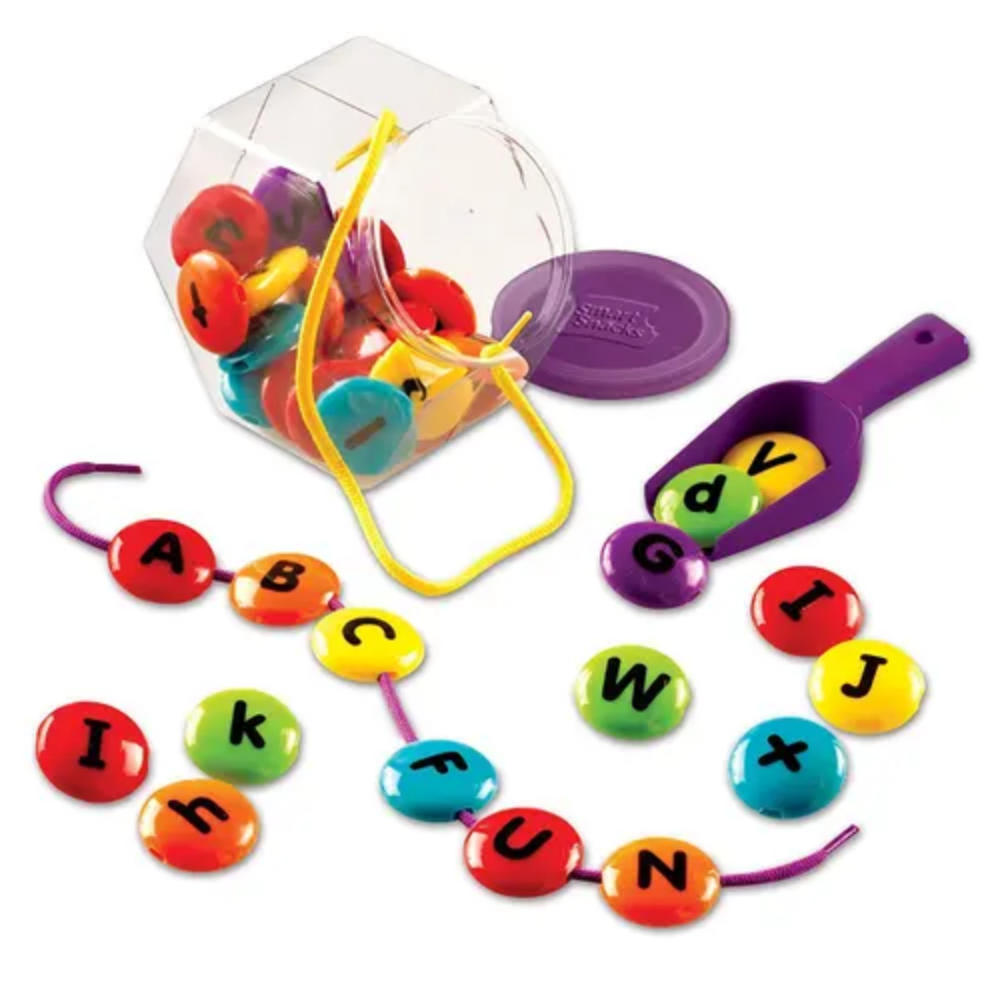
Social-Emotional Learning: Priorities for BTS 2021 and Beyond
- Gabrielle Fischer Posted On Jul 23, 2021 | Back to School
In this blog, I will be sharing a little about what SEL is and how it has become an integral part of classroom learning for children. As a parent, it might seem like something you can leave to your child’s teacher to deliver, but there are many ways you can support your child’s Social and Emotional Learning for school during home hours.

What is Social and Emotional Learning?
In recent times schools have started to recognize the importance of addressing all areas of a child’s development. The challenges brought by the pandemic, in particular, have resulted in there being more concern for children's social and emotional well-being. This has led to schools implementing Social and Emotional Learning curriculums and providing enriching learning opportunities for students. Social and Emotional Learning in the classroom is how students learn about their emotions and attempt to develop the skills to deal with their own and other’s feelings. It is a crucial way of encouraging students to look within and empowering them to better understand the world around them.
Why is SEL Important?
Many parents feel a sense of anxiety and concern about their child’s emotional well-being, which is entirely understandable. From my own experience as a Mom of two, it can be incredibly worrying to see your child struggling to deal with their emotions and combating how to best process the emotions of others. Schools must spend time addressing SEL in the classroom because it provides a safe environment for children to reflect, share and learn. Hearing a peer talking about their emotions will be so much more relatable for a child than discussing the same topic with their parents. A classroom is also where children will experience a group of peers who hail from diverse backgrounds, broadening their exposure to different outlooks and experiences. Giving students the time to address SEL in the classroom can lead to the development of better citizens both in and out of the classroom for years to come.
What Might SEL Look Like in Your Child’s Classroom?
This varies massively depending on the age of your child and their school district. The most obvious way in which schools and teachers address SEL is simply through conversation. Building time into your child’s day at school where they have opportunities to share their own opinions and feelings and discuss those of their peers is such a valuable way to spend time. This might be in the format of a morning meeting, a circle time, or using journal writing. Some schools even have a designated member of staff who will circulate the classrooms and deliver focused lessons on SEL topics.

Teachers love to use books as a powerful way to get students talking about other people’s emotions, and this can lead nicely to comparisons with one’s own emotions. Art is another creative way to give an open-ended opportunity to express yourself in the classroom. Many classrooms have a responsibility or jobs chart, which is a great way to help educate students on the skill of self-management. Perhaps a teacher might also provide opportunities for students to work in groups which bring about problem-solving, communication, and teamwork learning experiences. Many schools encourage their students to practice mindfulness, adopt a growth mindset, and celebrate acts of empathy and kindness.
How Can You Help Your Child to Prepare for SEL in the Classroom?
As a teacher and parent myself, I genuinely believe that there is so much power in simply providing open opportunities for your child to talk about their feelings when they are at home. They must have time to reflect and not feel judged or dismissed for their feelings. A simple way we like to encourage this in our house is to do an excellent old rose and thorn discussion during dinner. Each family member says one thing that they wanted about their day and one thing they found hard. So many valuable moments have stemmed from these discussions, and I love that both siblings empathize with each other and also have the opportunity to see how their parents model certain emotional behaviors. From time to time, we also enjoy using conversation starters to solve specific situations that they might face at school. For example, we might write some scenarios on pieces of paper, fold them up in a cup and take turns choosing one. These scenarios might be things like ‘what would you do if you saw a friend had forgotten their lunch,’ or ‘how would you respond if someone in your class said they didn’t like what you were wearing.’ By making these scenarios relevant to school life, it is helping them to prepare for SEL in the classroom. The Learning Resources® Let’s Talk Cubes would be perfect for this as well!
Journaling is another great way to allow your child to express their feelings. This is particularly good as a starting point if you can tell that your child is hesitant to share with others out loud. The one technique I have used most over the years is the power of books! Many excellent books address issues surrounding emotions, diversity, behavior, self-awareness, and so much more. What I love most about using books because it gives your child a sense of security, and it prompts discussions that otherwise might not naturally arise. A great way to enjoy SEL at home and link it to the classroom is to re-read a book from school and ask your child to write an alternate ending, commenting on the emotions inspiring the ending.
If your child is more of a preschool-age than elementary school age, it might be worth providing some play-based learning opportunities. A good way to discuss feelings is actually through playing games. If you’ve ever played board games with a toddler or preschooler, you will know the emotional rollercoaster that happens with winning / losing and all of the in-betweens. Use this as an opportunity to talk about feelings and discuss why your child might feel that way. This will set them in good stead for when they play games at school. You can also use toys such as the Big Feelings Pineapple™ for a more hands-on approach to recognizing emotions. Over the Summer break, you could arrange playdates or encourage your child to attend a camp if you feel safe to do so. Exposing your child to different social groups and social settings will let them practice managing their emotions and reflecting on other children’s feelings before going back to school.
If you are looking to help prepare your child to make the most of their SEL in the classroom opportunities at school, just do your best to provide SEL experiences at home and model positive emotional behaviors. And don’t forget to give them plenty of time to talk to you about their experiences and how they are feeling!
Writer’s Bio
Lucy Baker is a Mom of two (4 & 7 years old) and a preschool teacher passionate about creative play and hands-on learning. She firmly believes in providing children with the opportunity to learn through play and being part of their play journey as a parent. See more of her creative play ideas and process art projects on Instagram @findthelittlemind, and over on her blog, Find the Little Mind.
 Shop UK Site
Shop UK Site 





































